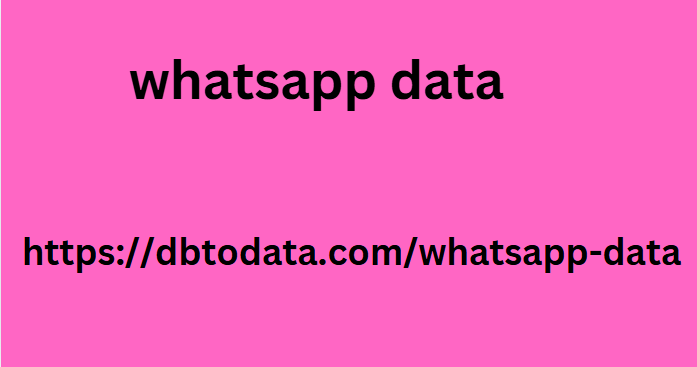In the current situation, a world of social distancing, knowing how to teach online classes has become indispensable. eLearning is more than just a buzzword that people throw around. In our interconnected reality, providing digital courses and lessons is a valuable way to spread your message to a wide audience, no matter where they are.
Whether you are an educator looking
To create a course for a digital classroom at a distance school, a company hoping to train a large group of employees, or an individual looking to create an online course, you can use eLearning software to educate your audience.
But how do you write an eLearning course, especially if you’ve never sweden whatsapp number data done it before? We’ve got the answer. Below you’ll find a step-by-step guide with our top tips and tricks for creating an eLearning course and how to teach online classes, as well as a review of some of the best learning management software (LMS) to get you started.
Ready to start writing your eLearning course? Here’s how we recommend you get started:
1. Ask yourself, “What am I trying to accomplish and how can eLearning help?”
Before you can start writing an eLearning course, you need to h start working with a trustworthy ave a clear understanding of why you want to deliver this lesson via a digital platform. The answer may be simple: your audience is too large to address in person or they are located all over the world, for example.
But beyond the logistics, consider the lesson itself. You sho material data uld make a list of what you want people to learn by the time they finish the course. This list will be very useful as you continue to write your course and teach online classes, as it will allow you to ensure that the content you create is always related to the main lessons you want to convey.
How to teach online classes? Design and write an eLearning course
2. Create an audience profile for the eLearning course
How well do you know the audience you’re speaking to with this course? It’s not enough to simply say, “They’re employees of Company X” or “They’re students in Grade X.” You have to think about them on a deeper level.
Consider the age range, cultural background, experiences, and other demographic information that comprises the makeup of your audience. Ask yourself what formats they are most likely to enjoy, what type of technology they are familiar with, and what learning style would be most effective.
This information is helpful when it comes to teaching online classes, and it will help you design a course that will work well with your audience, so keep this information close by as you build your course.

